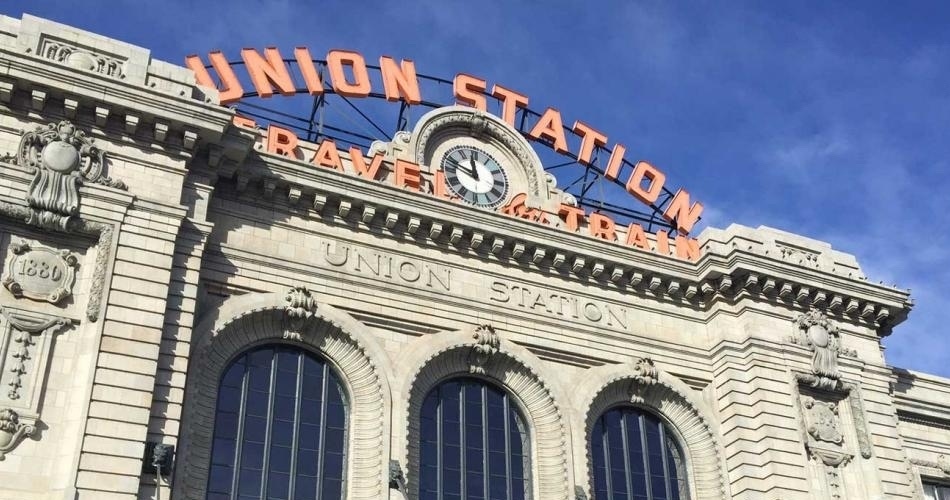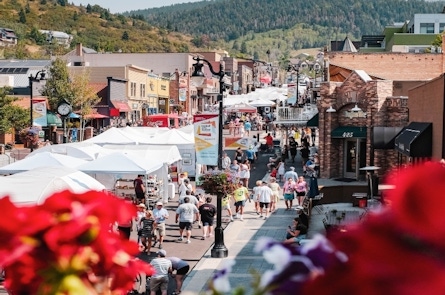Uniting fragmented stakeholders: why it matters
If you’re Antoinette Marie Johnson, you’d say that the first step in creating long-lasting, sustainable change is uniting public and private entities. The CEO and founder of Cohere, a creative agency focused in food, hospitality, and real estate, Johnson was recently on the Transforming Cities podcast. On this episode, she discussed how uniting fragmented stakeholders produces the best outcomes for projects.
“When you get them [the entities] to align along a cohesive vision... you’re bringing them together along values and goals they already share,” Johnson said.
This is an interesting time for cities, she pointed out, and referenced the United Nations statistic that by 2050, more than 65 percent of the world’s population will be living in urban destinations.
With this demand for a change in lifestyles across the board comes a demand for improving the way people live, work, and play, she said.
This is where those cohesive relationships come into play. In Denver, the redevelopment of a historic train station exemplifies the achievement of full potential when public and private stakeholders align along a similar goal.
Called Union Station, it has been around since the late 1800s. Falling into a state of near vacancy, it was purchased in 2001 by public groups with the intention of developing it with both public and private uses. The master plan was to transform this historic site into multi-modal transportation hub with transit-oriented private development. Shops, restaurants, bars, hotel space and public amenities infused this structure with a new life that had grown quiet after its former glory days.
As a result, this project because the epicenter of a new wave of life for the Lower Downtown (LoDo) area of Denver. It attracted millions of private dollars in further development of office space, apartments, restaurants and public space surrounding the station. It was a tremendous win for all parties involved.
In short, private architects, developers, and contractors came together with government groups and the public to create a beautiful, successful, urban vibrancy in Union Station and the surrounding areas.





